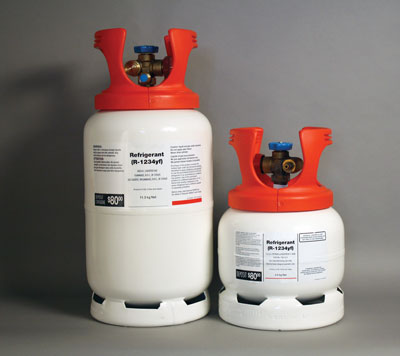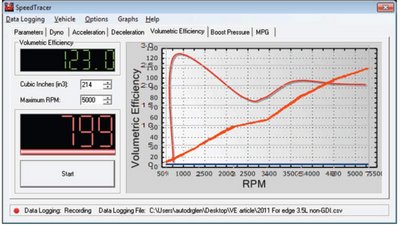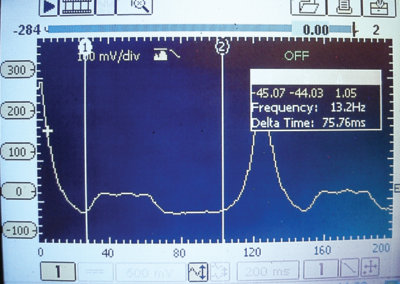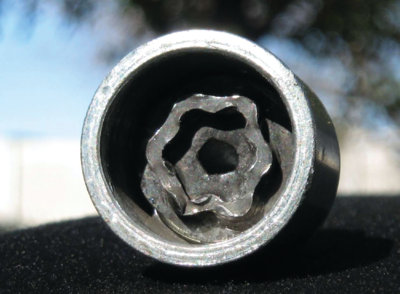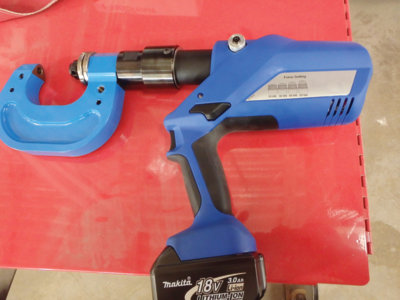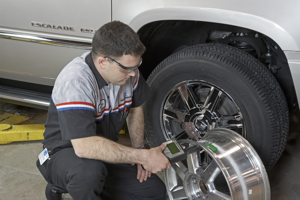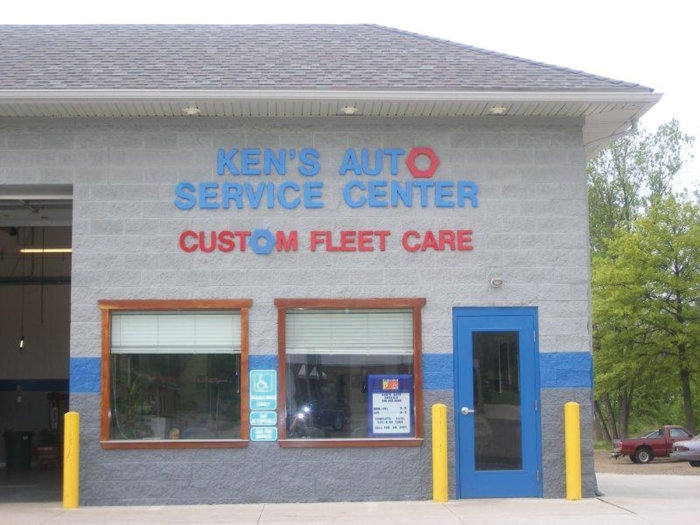 For optimal control when welding thin gauge materials (up to 1/4 inch), Weldcraft offers its 125-amp, air cooled WP-9 torch series. This series is comprised of the WP-9, WP-9V and WP-9P torches, each of which is rated at 60-percent duty cycle at 125-amps with a DC power source and work especially well in confined areas.
For optimal control when welding thin gauge materials (up to 1/4 inch), Weldcraft offers its 125-amp, air cooled WP-9 torch series. This series is comprised of the WP-9, WP-9V and WP-9P torches, each of which is rated at 60-percent duty cycle at 125-amps with a DC power source and work especially well in confined areas.
Lightweight & Versatile
To maximize operator comfort and allow access in hard-to-reach areas, the WP-9 and WP-9V torches weigh only 3 oz. (excluding the power cable) and measure seven inches long with a 3/4 inch handle diameter. The WP-9P pencil torch offers the same lightweight body, but measures only six inches long and does not utilize a back cap. This model also features a 180-degree head, making it ideal for welding in especially restricted joints.
Each torch features a quick-release tungsten adjustment designed for easy adjustment of the collet and collet body assembly and fine-tuning of the tungsten extension. For TIG welding powers sources that do not include a gas solenoid, the WP-9V includes a shielding gas valve conveniently located on the handle, making it easy for welding operators to adjust shielding gas flow.
"The WP-9 series of TIG torches are a great alternative to many of the larger sized torches on the market today," said Mike Sammons, sales and marketing manager, Weldcraft. "They are very versatile torches that can be used in any application or industry where an operator works in thinner gauge materials or in smaller spaces."
To simplify inventory and parts management within shops, the WP-9 series of torches use the same parts as Weldcraft’s WP-20 TIG torch.
“What’s great about the WP-9 torches is that if a welder wants to add it to their arsenal of welding equipment, they can do so without having to purchase all new supporting hardware,” added Sammons.
Each of the WP-9 torches is available with one- or two-piece power cables in 12.5-, 25- and 50-foot lengths.
For more information, contact Weldcraft at (800) 752-7620 or (920) 882-6800; fax: 920-882-6840; visit www.weldcraft.com; e-mail [email protected] or write to Weldcraft Customer Service, 2741 N. Roemer Road, Appleton, WI 54911.


